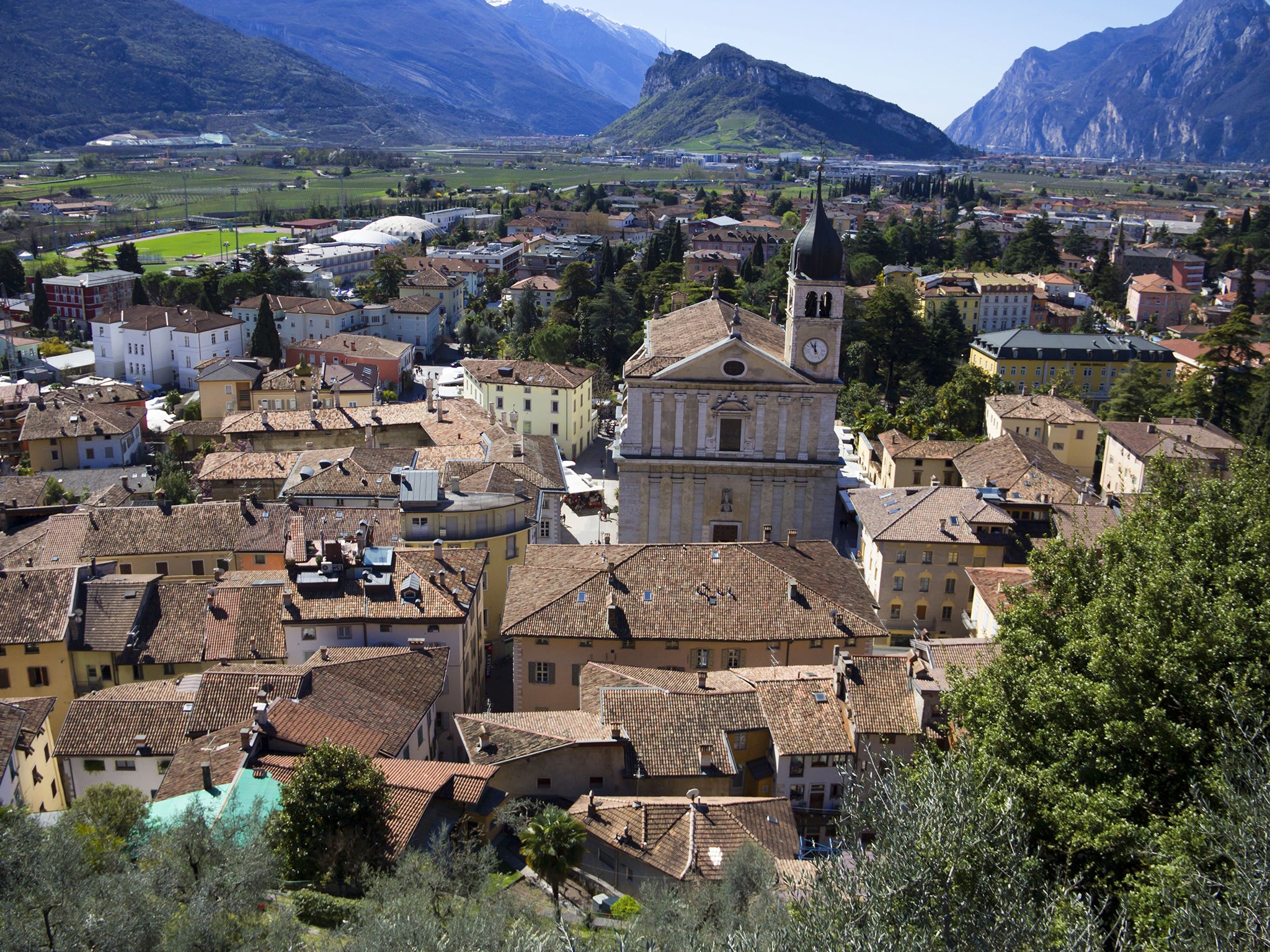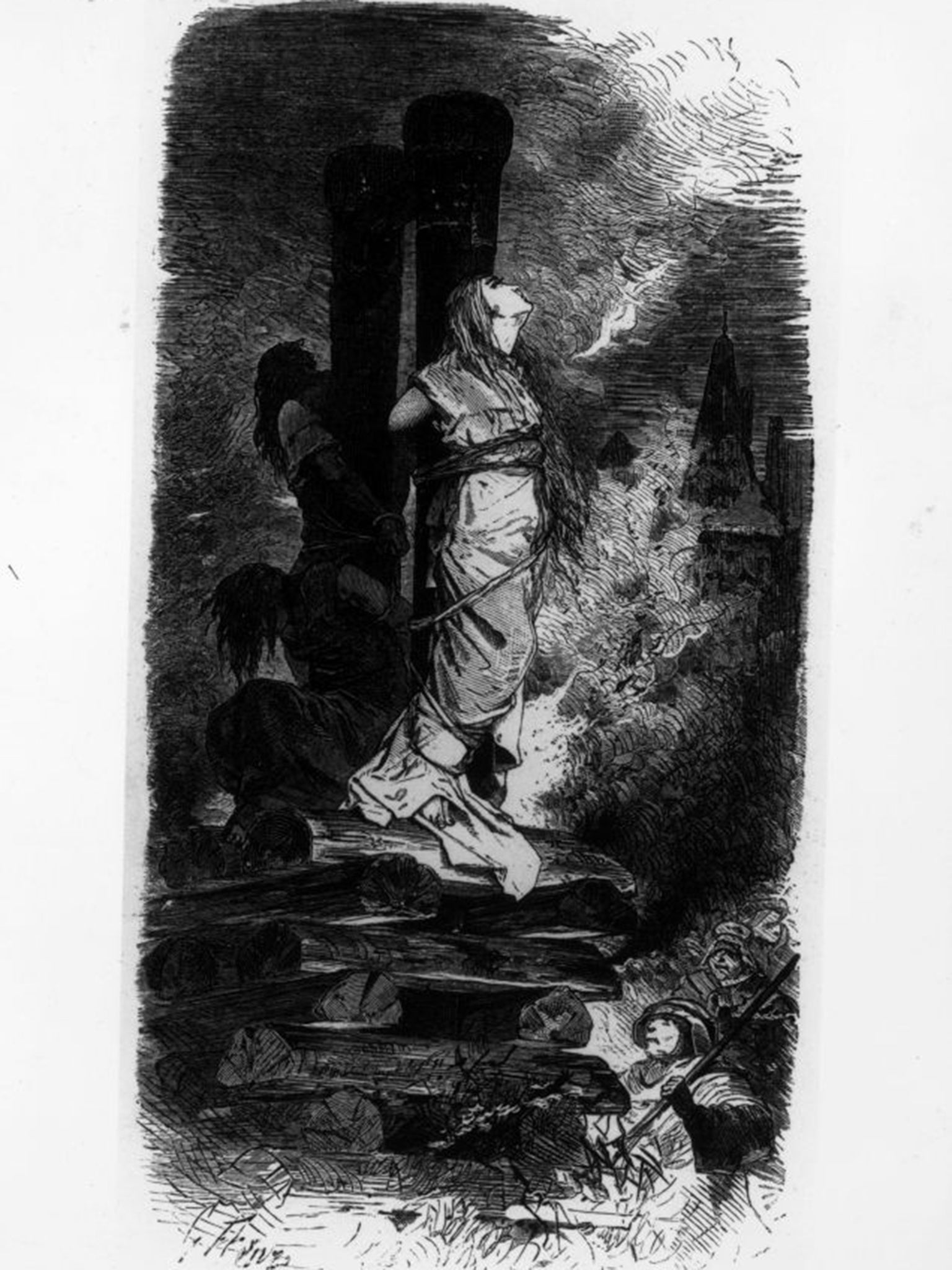Mayor seeks pardon for an Italian ‘witch’ executed 300 years ago
Christian Perenzoni wants justice for Maria Bertoletti Toldini who was convicted on the flimsiest of evidence before having her head cut off and her remains burnt

An Italian town is seeking a pardon for a woman who was executed for witchcraft there nearly 300 years ago.
Christian Perenzoni, the Mayor of Brentonico, in the Alpine province of Trentino, wants to deliver justice for Maria Bertoletti Toldini, nicknamed Toldina, who was found guilty of heresy, sacrilege, adultery, sodomy, and throwing a five-year-old child into a pot of boiling cheese – on the flimsiest of evidence.
He said: “We wanted to render justice and historical truth, and give back the condemned woman her ethical, moral and civil dignity.”
And to do this, the council is petitioning the Trento appeals court to reopen the case, to make amends for the “folkloric excess around the trials and killings of so-called witches”.
Northern Italy is one of the areas with the worst records for witch trials. Persecution spread north into the rest of Europe from this alpine region in the early 15th century.
At a local court in 1716, at the age of 60, Bertoletti Toldini was tried on the charges of having practised witchcraft and other crimes, since the age of 13. On 10 March of that year she was found guilty and eight days later she was taken to a local park and an executioner was paid 75 German florins to chop her head off in public in front of a large crowd. Her remains were then burnt.
Although most of the original case documents have been lost over the centuries, some key papers, including the closing arguments by defence lawyer Giovanni Battista del Pozzo, have been recovered. He said there was no evidence to prove his client’s guilt.
Bertoletti Toldini was at first held for witchcraft, after accusations by her neighbours. She was then also charged as well, with sacrilege, adultery, heresy and sodomy. But local historians say it was the three charges of infanticide, of children aged, two, three and five – with the latter said to have been boiled in a vat of cheese, which most enraged the locals – and sealed her fate.

The appeal trial, if granted, will have to take account of the different Carolingian legal system that was in place 300 years ago and would also have to rely on evidence and guidance from historians.
Toldini’s death followed large numbers of witch trials in the Trento area. Her killing was said to be one of the last there, however. Although witch-burning is often seen a medieval phenomenon, it peaked in Europe as a whole in the 17th century – the period of the Enlightenment brought by Descartes and Newton.
And it was not only ecclesiastical courts that sent women to burn for witchcraft. The trial that condemned Bertoletti Toldini was carried out in a secular court.
Between 1400 and 1800, as many as 50,000 women in Europe are thought to be been executed as witches. The hysteria generated by protestant as well as Catholic witch hunters was such, that even the flimsy legal protections and due process of the day were often flouted when a woman was accused of being a witch.
The eminent Protestant thinker, Jean Bodin, “the Aristotle of the 16th century,” said that witchcraft was so reprehensible an offence, that those accused deserved no legal rights. He even said that those who defended those accused of witchcraft merited the same punishment as witches.
A vicious misogyny also informed the thinking of witch hunters; most portraying the accused as depraved, sexual playmates of Satan.
Join our commenting forum
Join thought-provoking conversations, follow other Independent readers and see their replies
Comments
Bookmark popover
Removed from bookmarks